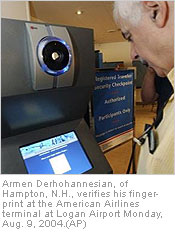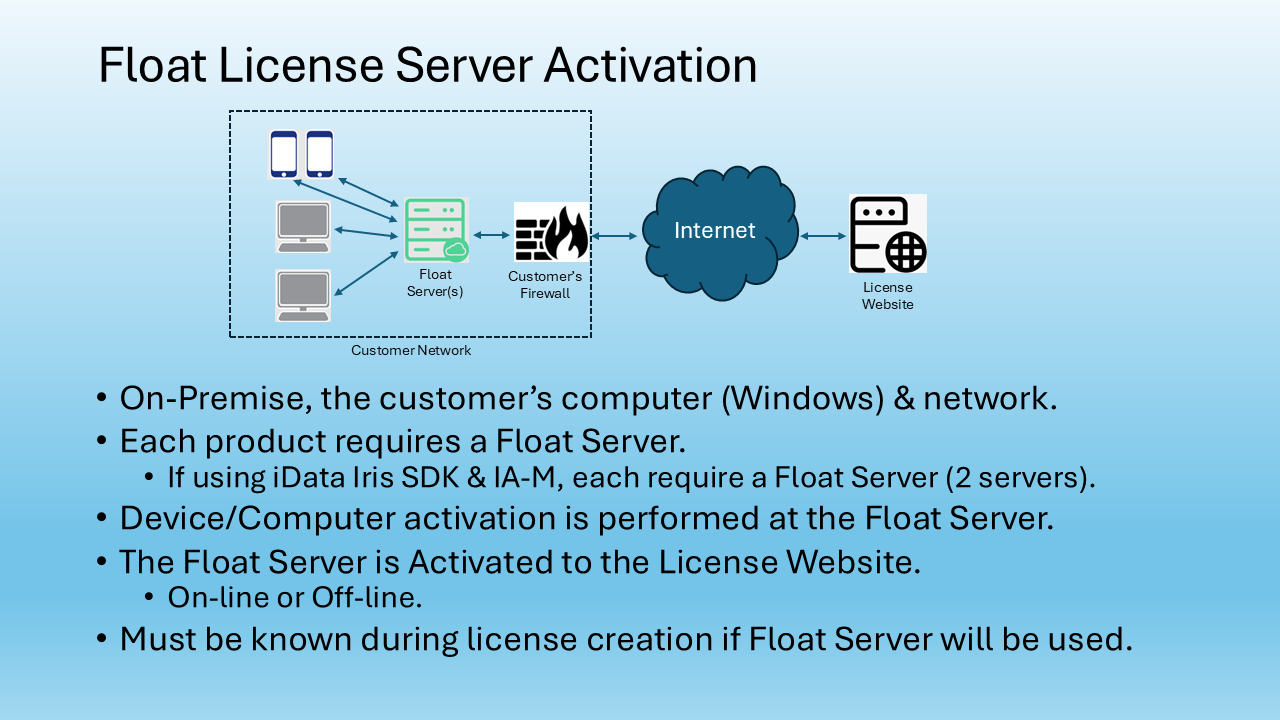by Thomas Caywood, Boston Herald
http://news.bostonherald.com/localRegional/view.bg?articleid=39194
Federal agents to snoop out your background: millions in tax dollars a year. Biometric machines that identify you at the airport by scanning an eyeball: a couple thousand bucks each.
Jumping to the head of the security screening line: priceless.
The Transportation Security Administration launched a trial program at Logan Airport yesterday allowing American Airlines frequent fliers to jet past security lines if they submit to a background check and agree to have the iris of one eye photographed for identification.
Hopkinton lawyer Heather Stone, who travels through Logan three or four times a month on business, said she had no qualms about the background check or having her iris print filed away in some government computer.
“When you weigh that against the benefits of being able to get through Logan quicker, it’s worth it to me,” Stone said yesterday after registering.
The three-month pilot program applies to security only at American Airlines in Terminal B. Similar tests are under way in Minneapolis, Los Angeles and Houston.
The TSA hopes to get about 2,000 guinea pigs locally to test the program. Only frequent fliers invited to join by the participating airlines are eligible.
“We’ll cross-reference the fingerprints provided against federal law enforcement and intelligence data sources,” said TSA spokeswoman Ann Davis, who added that the background checks aren’t concerned with minor offenses.
Those approved must still walk through metal detectors and have carry-on bags X-rayed, but they don’t have to wait in the main lines with other passengers if the biometric machines – roughly the size and shape of a stand-alone ATM – positively ID them.
Thomas DeWinter of LG Electronics, maker of the technology, stressed that there’s no eye-scanning laser a la James Bond. A special digital camera simply snaps a picture of the colored part of the eye from roughly 8 inches away.
For any exasperated flier considering gouging out a registered traveler’s eyeball to bypass long security lines, think again. “It has to be a live eye,” DeWinter deadpanned. “There’s a number of counter measures built into it.”


